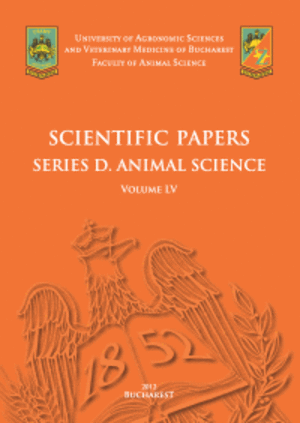Published in Scientific Papers. Series A. Agronomy, Vol. LXVIII, Issue 1
Written by Mădălina TRUȘCĂ, Valentina STOIAN, Anamaria VÂTCĂ, Vlad STOIAN, Roxana VIDICAN, Florin PĂCURAR, Ștefania GÂDEA, Sorin VÂTCĂ
The study aimed to establish the critical salinity dose that can be tolerated by 16 wheat varieties from Romania under controlled conditions. The tested varieties were Alex, Andrada, Bezostaia, Boema, Arieșan, Ciprian, Esențial, Faur, Glosa, Granny, Fundulea, Miranda, Otilia, Pădureni, Taisa and Transilvania. Critical salinity levels (mM NaCl) were tested respectively D1-100, D2-125, D3-150; D4-175; D5-200; D6-225; D7-250; and control (C) with distilled water. The assessment was made according to first and second principal growth stage on BBCH scale (Biologische Bundesanstalt, Bundessortenamt und CHemische Industrie) and the following parameters were calculated: germination percentage (GP), germination index (GI), total germinated seeds (TGS) and relative salt injury rate (RSIR). After 7 days, at 250 mM NaCl, the wheat varieties reached overall the maximum developmental stage of BBCH 07. Lower RSIR was obtained by Andrada variety a result of an increased salinity resistance, while Taisa, Transilvania, and Pădureni proved lower resistance to stress, marked by increased RSIR coefficient. Germination standard parameters highlighted the critical salinity thresholds between 225-250 mM NaCl with different resistance threshold between varieties.
[Read full article] [Citation]




